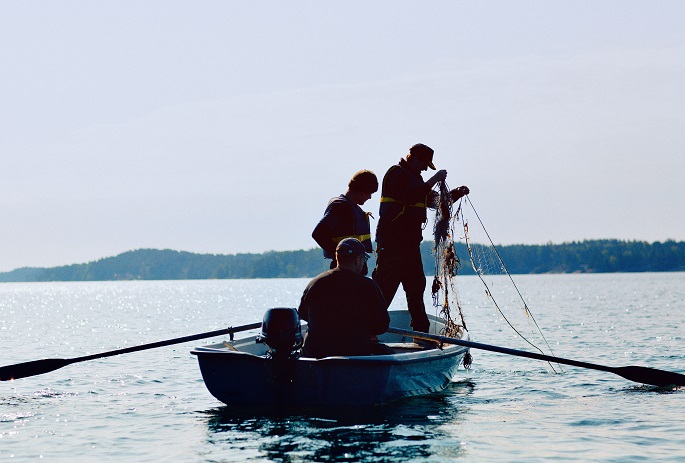Baltic herring becomes safer to eat
Published : 21 Mar 2018, 20:33
Environmental efforts have improved the food safety of the Baltic herring, new Finnish research indicated Wednesday.
The levels of dioxins and polychlorinated biphenyl compounds in the Baltic herring catches in the Gulf of Bothnia and Gulf of Finland have declined by half since the year 2000, Finnish Agency of Health and Wellbeing announced.
"The change reflects the impact of international restrictions imposed on those chemicals", the agency said. The existing levels are well below EU norms.
Also the level of polybrominated diphenyl ethers is half of the 2000 findings.
Meanwhile the level of perfluorinated alkylated substances (PFASes) has increased slightly from the level of 2009. This chemical is common in water and dirt resistant clothing.
The agency said that restriction on the use of such substances has been enacted only in recent years. "Due to their long durability and extensive use, the PFASes are only now beginning to reach the sea," it said.
The agency said that despite the environment, the use of the Baltic herring is safe, but within moderation.
The current Finnish governmental diet recommendation suggests that fish of several species would be on the plate twice a week. However, Prof. Hannu Kiviranta from the agency warned "children, young people and women in fertile age" against consuming large size Baltic herring or Baltic salmon more than once or twice per month.
Baltic herring is smaller and has less fat than the Atlantic herring. The two belong to the same species.


